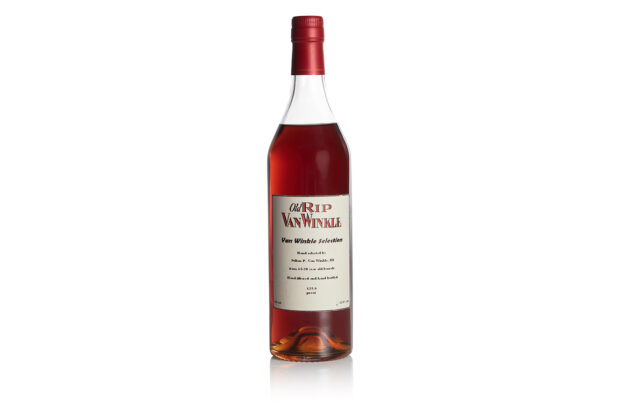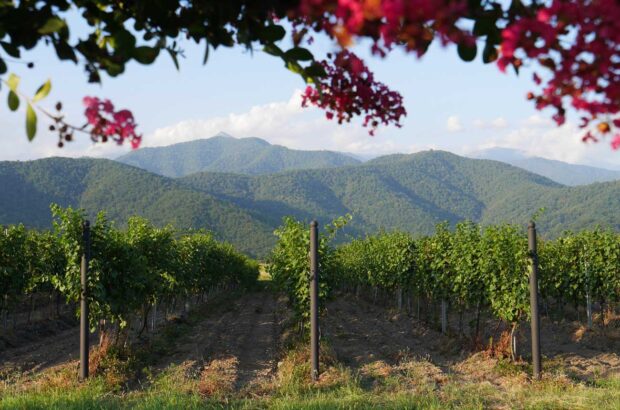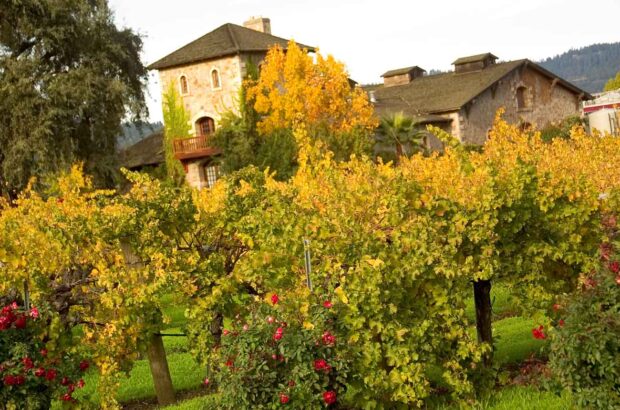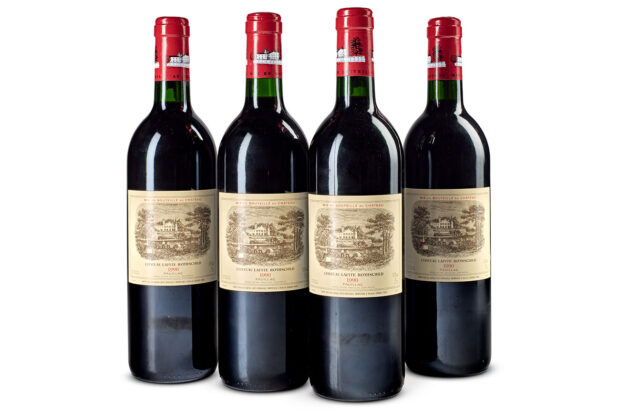In the last decade orange wine has gone through quite a transformation in terms of its understanding and reputation.
Go back a few years and those who knew about this ‘third’ colour of wine viewed it as niche, presided over by obscure barrel-fiddlers in the hills of northern Italy, eastern Europe and beyond.
Now it’s everywhere; supped and championed in trendy city centre ‘tap rooms’ where modish insiders drink it by-the-glass from Enomatics and discuss skin contact.
Okay, so these are the extremes, but it’s fair to say that orange wine is now a style that’s increasingly common among wine drinkers and can be found on restaurant wine lists, gastro pub blackboards and the shelves of discerning indie merchants. You can even find it in Asda.
But what makes it orange? Writing for Decanter in 2015, orange wine expert and author of Amber Revolution: How the World Learned to Love Orange Wine Simon Woolf defines it as ‘effectively… a white wine made as if it were a red.’
He adds: ‘The term is increasingly used for white wines where the grapes were left in contact with their skins for days, weeks or even months. The result differs not only in colour, but is also markedly more intense on the nose and palate, sometimes with significant tannins.’
The term itself, unlike the style of wine it describes, is relatively new. ‘It was coined in 2004 by David Harvey of UK wine importer Raeburn Fine Wines while working in Frank Cornelissen’s cellar in Sicily’s Etna region,’ says Woolf.
‘The name may not be ideal, but this style needs its own category,’ says natural wine pioneer Saša Radikon from The Radikon winery in Oslavia Friuli Colli. ‘If customers order a white wine and it turns out to be this surprising dark colour, they might not be so happy.’
The joy of orange wines – or amber wines, a term some prefer – is that they can combine the weight, texture and complexity of red wines with the freshness and verve of whites.
Woolf is quick to point out that the colour comes from the skin of the grapes and not from oxidation, which is a common misconception.
‘Although the winemaking style is often oxidative (open-top oak or plastic fermenters are popular), producers typically seal vessels after fermentation to ensure the wines stay fresh,’ he says.
Orange crush
In 2020 orange wine is made in most wine-producing countries around the world, from Swartland in South Africa to – yes, even this one from Orange in Australia – but its in the traditional ‘orange heartlands’ of Georgia, Slovenia and Italy where some of the most highly-prised examples can be found.
‘The technique can be tricky to pull off without considerable winemaking skill and experience. Very few producers in the New World have been brave enough to try,’ says Woolf.
Top orange wines to try:
Wines below have been tasted by Decanter experts
Note: This article has been updated after originally including a Vin Jeaune, which is not an orange wine.







